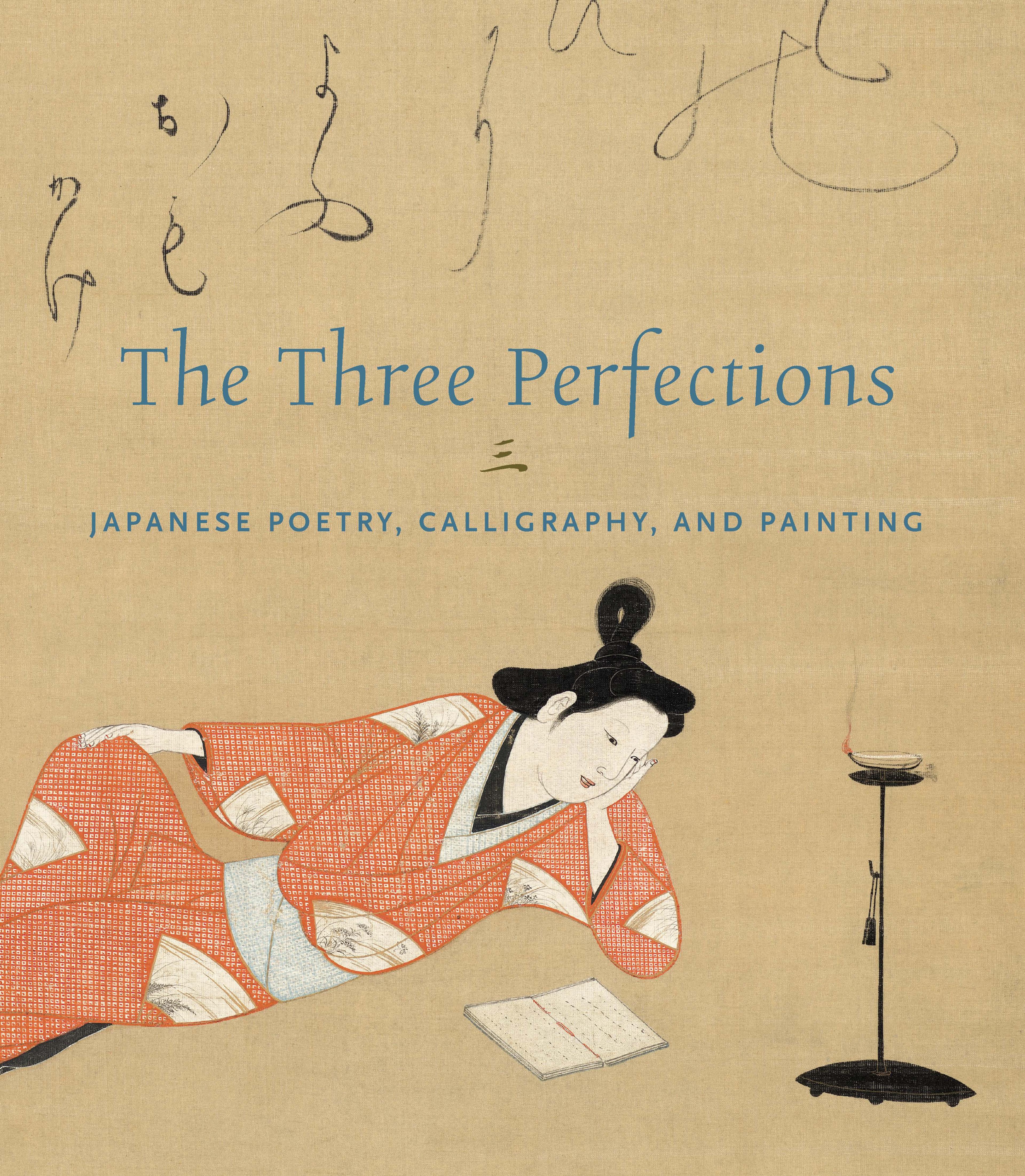Chinese Poem on Compassion
The Ōbaku monk Nanyuan Xingpai had been a devoted disciple of Yinyuan Longqi from a young age and followed his master to Japan. This scroll shows an inscription by Nanyuan in vigorously brushed cursive characters, a style that echoes that of Yinyuan. The Chinese poem, likely a tribute to a physician, speaks of the noble task of alleviating suffering through medicine:
處世長懷済世心 門開日即雨平臨
青囊拈出藥千種 妙訣還同海樣深
Amid the affairs of the world,
focus your mind on saving people;
when your door is open,
rain falls on all indiscriminately.
A thousand cures taken out
from a doctor’s blue satchel;
the secret to removing suffering
remains as profound as the seas.
—Trans. Xiaohan Du
處世長懷済世心 門開日即雨平臨
青囊拈出藥千種 妙訣還同海樣深
Amid the affairs of the world,
focus your mind on saving people;
when your door is open,
rain falls on all indiscriminately.
A thousand cures taken out
from a doctor’s blue satchel;
the secret to removing suffering
remains as profound as the seas.
—Trans. Xiaohan Du
Artwork Details
- 南源性派筆 七言絶句
- Title:Chinese Poem on Compassion
- Artist:Nanyuan Xingpai (Nangen Shōha) (Chinese, 1631–1692)
- Period:Edo period (1615–1868)
- Date:1666
- Culture:Japan
- Medium:Hanging scroll; ink on paper
- Dimensions:Image: 10 1/8 × 21 1/2 in. (25.7 × 54.6 cm)
Overall with mounting: 42 1/2 × 23 1/8 in. (108 × 58.7 cm)
Overall with knobs: 42 1/2 × 25 1/2 in. (108 × 64.8 cm) - Classification:Calligraphy
- Credit Line:Mary and Cheney Cowles Collection, Gift of Mary and Cheney Cowles, 2020
- Object Number:2020.396.8
- Curatorial Department: Asian Art
More Artwork
Research Resources
The Met provides unparalleled resources for research and welcomes an international community of students and scholars. The Met's Open Access API is where creators and researchers can connect to the The Met collection. Open Access data and public domain images are available for unrestricted commercial and noncommercial use without permission or fee.
To request images under copyright and other restrictions, please use this Image Request form.
Feedback
We continue to research and examine historical and cultural context for objects in The Met collection. If you have comments or questions about this object record, please contact us using the form below. The Museum looks forward to receiving your comments.
